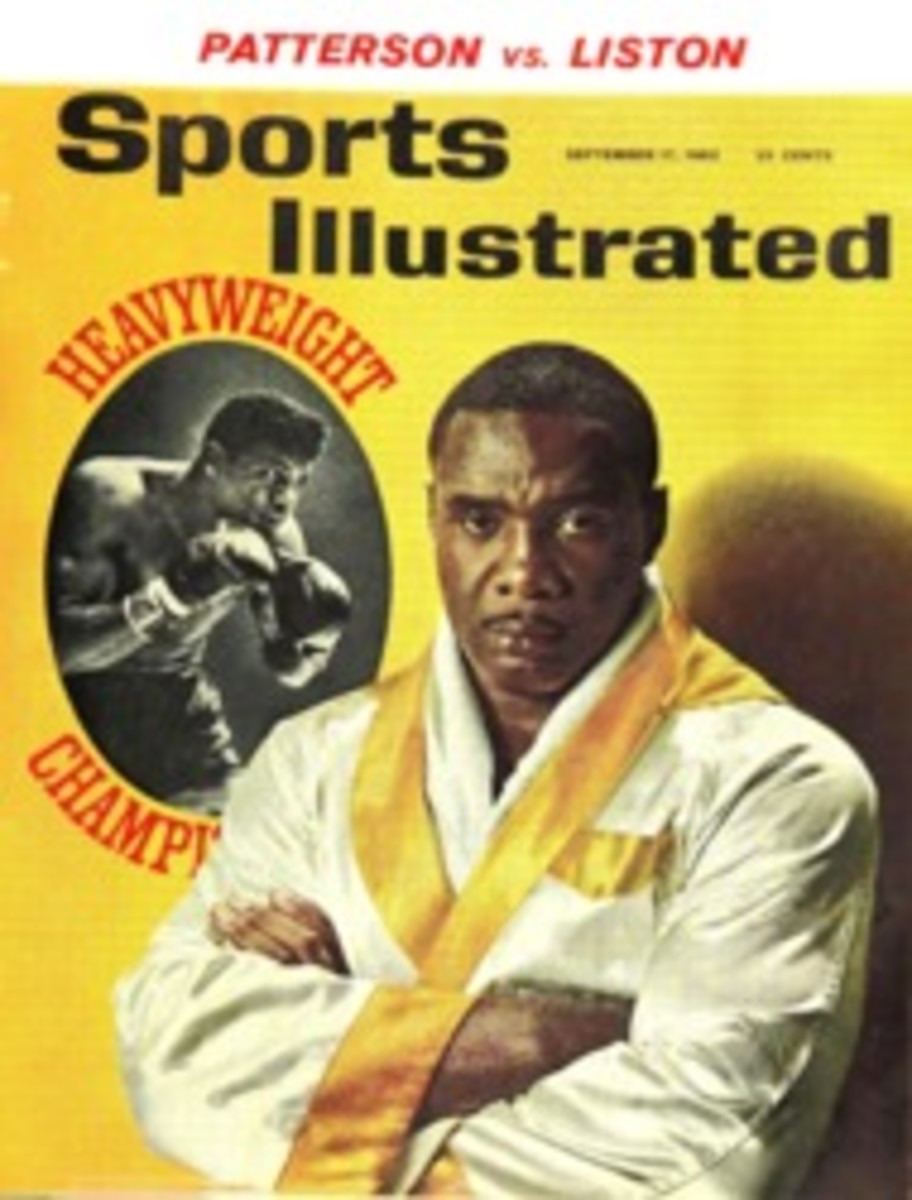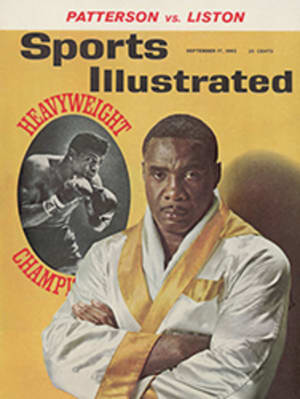
THE MAN WITH THE MONEY
Naval Architect Philip Rhodes is a methodical man who keeps a record of every telephone call that ever came into his office. One item in his notebook, dated July 18, 1957, reads: "Mr. H. D. Mercer of States Marine Corporation called and said that he and some of his partners are toying with the idea of building a 12-meter boat for next summer's America's Cup races and wanted to know if we would be available for a job of this sort."
A week later Rhodes himself was toying with the idea in Mr. Mercer's beige-and-green office. There he was handed as plump a plum as any racing-boat designer ever dreamed of. The only condition Henry Mercer imposed on the designer was that he, Rhodes, handle every detail of the designing and building of a cup defender right down to the selection of a skipper and crew.
No yachtsman himself, the man who offered this blank check to international sport had caught the contagion of America's Cup racing some 27 years before at the side of the most dogged competitor the cup has ever known. When Sir Thomas Lipton sailed into New York harbor on the luxury liner Leviathan in 1930 intent on his fifth and final try at the cup, Henry Mercer, a young shipping magnate, was with him. During the crossing Mercer had helped Sir Thomas chart a course through the perilous sea of balls and banquets facing him in Newport.
Up to that time Mercer's only connection with sport, international or otherwise, had been as a member of a New Jersey semipro basketball team known as the Passaic Invaders. Born in New Jersey in 1893, he was only 17 when he went to work as a clerk for the Erie Railroad. At 20 he got a job with the Great Northern Railway and, 10 years later, after a hitch as a gunner's mate aboard a World War I destroyer, he became general agent for the firm's entire New York district. At 30 he assumed the president's chair at Dyson Shipping Company.
"In those days," Mercer says, "the connection between rails and ships was a close one. I just saw my future in ships." A year later he founded a shipping company of his own. As the years passed and the dust gathered on the cup that Lipton's Shamrocks had failed to carry away, Mercer built his company into a multimillion-dollar enterprise and made himself a millionaire.
Millionaire or not, however, even Henry Mercer was not rich enough to get involved in America's Cup racing on the scale of the 120-foot-plus J boats. But in 1957, when the rules were changed to permit the use of smaller boats, the response was immediate. A syndicate from Britain issued a challenge, and Henry Mercer telephoned Phil Rhodes. The result was Weatherly, a boat that, after an ignominious passing over in 1958, will defend the famous cup against Australia's Gretel next week.
Rhodes admits the boat cost the Mercer syndicate (Mercer himself, Arnold D. Frese and Cornelius Walsh) something in excess of $175,000, but this figure does not include sails or the cost of sailing the boat—which, by the most conservative estimate, must have doubled the price. That, however, according to Mercer, is unimportant. "The cup has to be defended," says the man who signs the checks. "Money isn't involved."
PHOTO
HENRY D. MERCER

